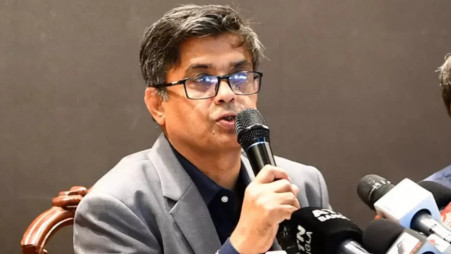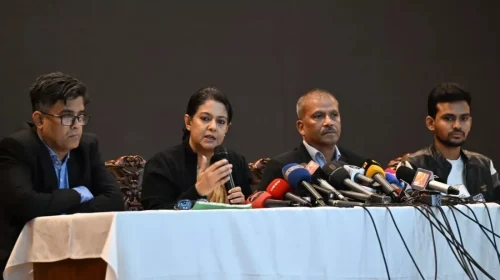The Bangladesh Telecommunication Regulatory Commission (BTRC) has rejected the proposal to take bandwidth over Bangladesh to seven northeastern states of India. It also cancelled the letter sent to the Post and Telecommunication Division to allow the transit.
Confirming this, top-level officials of the Post and Telecommunication Division, BTRC and related organizations say that “there is no provision” in the ITC guidelines for serving foreign customers or using Bangladesh as a transit.
During the defunct Sheikh Hasina government, the country’s two International Terrestrial Cable (ITC) companies – Summit Communications and Fiber@Home, along with India’s telecom operator Bharti Airtel, took this initiative. Bharti Airtel also appealed to the Ministry of Foreign Affairs of Bangladesh.
The foreign ministry later sent this to the Post and Telecommunication Division to take action, from there, the division sent it to BTRC – which would have been finalized only after the approval of the Post and Telecommunication Division. This initiative has been hanging after the formation of the Interim Government. Now, BTRC has directly said “no” to this decision.
The organization also says that there has been “no initial discussion” between Bangladesh and India regarding IPLC transit. Naturally, there are questions about its rationale, legal and commercial realities, geopolitical context, and transparency.
If this plan is implemented, Indian telecom operators will be able to provide easy and fast internet to the Seven Sisters through IPLC transit as the edge pop of companies like Google, Amazon, and Meta are in India’s Kolkata, Mumbai and Chennai. This will challenge the ability of these organizations to export bandwidth-exporting Internet services to the Seven Sisters, China’s northwestern region, and Myanmar by using edge pop and data centres in Bangladesh.
Tripura, Mizoram, Manipur, Arunachal Pradesh, Assam, Nagaland and Meghalaya — India’s northeastern states are called the “Seven Sisters”. International Private Leased Circuit (IPLC) has taken this initiative with Bharti Airtel to ensure easy access to high-speed internet services in these seven states that are almost isolated from mainland India. It had a plan to use the land of Bangladesh as a transit route.
The connectivity was scheduled to be through interconnection points at Brahmanbaria, Akhaura in Bangladesh and the no-man’s land of Agartala in India. Summit and Fiber@Home used to set up the Terrestrial Cable Landing Station (TCLS) at the Akhaura border. After that, the TCLS was connected through fibre to the Submarine Cable Landing Station of Bangladesh Submarine Cable Company at Cox’s Bazar and Kuakata. With this, this IPLC service was extended to Singapore.
The distance from Seven Sisters to Chennai submarine cable landing station in India is 5500 km. In the current network, the distance between India and Singapore is 8700 km. Maintenance of the fibre network, construction of a new network, and maintenance of the network is a difficult task due to the remoteness of the Seven Sisters route.
Not only that, the latency is 55 milliseconds due to the long distance, it is stood at 87 milliseconds to Singapore. Besides, the cost increases. As a result, providing quality service in Seven Sisters is very challenging. On the other hand, due to this transit network through Bangladesh, the distance will be reduced by 3,700 km and the latency to Singapore will be reduced by 37 milliseconds.
International Internet Gateway Association Bangladesh (IIGAB) President Aminul Hakim said that Bangladesh would not have benefited from this transit. Two ITC operators would have benefited. They would “tactfully enter into an understanding” where there would be no transaction for buying bandwidth from India as ITC and charging for this transit. As a result, the government could lose huge revenue.



















